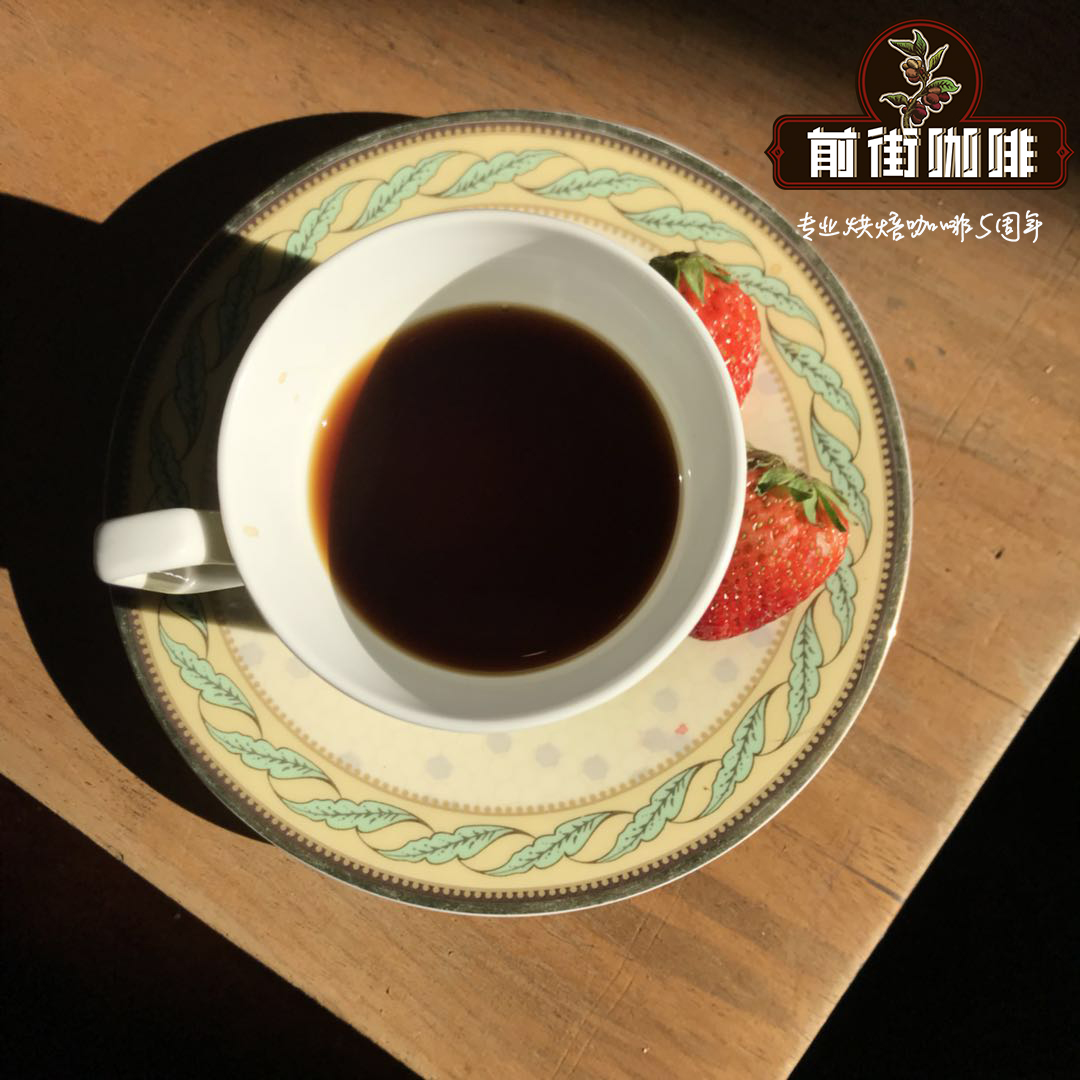What is Pokuit Coffee Manor in Panama?

Professional coffee knowledge exchange more coffee bean information please follow the coffee workshop (Wechat official account cafe_style)
If Boquete is Burgundy, then Domaine de la Romanee-Conti is Hacienda la Esmeralda. It was here that the Petersons discovered an ancient heirloom coffee called geisha, which smells like tea and is reminiscent of its hometown of Ethiopia. The rediscovery of geisha pushed Panamanian coffee to new heights, setting an auction record and attracting high-end coffee buyers from around the world to the town near the Costa Rican border.
If any coffee farm can match the unparalleled success of Hacienda La Esmeralda, it is their neighbor and friend, the Lamastus family of Elida Estate. The Lamastus family became the second producer to grow a geisha in Panama and the first to notice the difference between a green point geisha and a bronze pointed geisha. They are also pioneers in using different processing techniques to create different tastes. Traditionally, Panamanian coffee is completely washed with mild acidity. But the Ramastus family realized that they could use natural and honey processing techniques-which allow longer contact between seeds and flesh-to give their products the fruit properties that many professional coffee buyers like.
The Ramastus family has been farming in Pokut for four generations. They were descended from French and American immigrants who came to Panama to build canals and decided to stay when they were finished. Before coffee producers learned that coffee produced by high-altitude farms was more complex, the Ramastus family grew coffee on low-altitude farms. Elida properties at higher elevations are more difficult to reach, and steep slopes mean it is difficult to pick coffee. Instead, the Ramastus family grows onions and other vegetables. But the specialty coffee boom of the 1990s opened up a new market for high-end coffee, and the Lamastus family prepared to replant their highest elevation plots with coffee.
The achievements and honors of the Ramastus family cannot be quickly summed up. At their Panama City Cafe (Bajareque Coffee House), a cursory glance at their trophy wall shows that they have won a long list of "Panama's Best Awards" (Best of Panama awards). Countless barista champions compete with their coffee. The roasters who buy their coffee include many of the most popular roasters in Asia, America and Europe. Perhaps most notably, Santa Cruz Santa Cruz's Verve Coffee has a limited annual sale of the Lamastus family's green pointed geisha (Green Tip Geisha) coffee.
But perhaps the biggest sign of the Lamastus family's success is their role in the Panamanian specialty coffee community. More than one producer mentioned to me how much money they owe the Ramastus family to teach them better processing skills or to introduce them to a potential buyer. 2016, Wilford Lamastus Jr. Organized the Panamanian National baristas Competition (national barista competition of Panama) to ensure that not only coffee is available in their country, but also a barista participated in the World baristas Championships (World barista Championship) in Seoul.
The Lamastus family is also exploring a new area for high-end professional coffee makers: vertical integration. They are in Panama City's cafe, the Bajarek Cafe (Bajareque Coffee House), named after Rain Water from the southern Caribbean. The cafe offers a rare opportunity to taste coffee grown, roasted and brewed by the same family. The geisha espresso we drank there was one of the best we had last year.
The Lamastus family is the future of specialty coffee. A well-connected, vertically integrated, enthusiastic coffee ambassador. One day, I hope they are no longer exceptions.
END
Important Notice :
前街咖啡 FrontStreet Coffee has moved to new addredd:
FrontStreet Coffee Address: 315,Donghua East Road,GuangZhou
Tel:020 38364473
- Prev

How to cook freshly ground coffee powder? which are the two ways to brew individual coffee?
Professional coffee knowledge exchange more coffee bean information please pay attention to the coffee workshop (Wechat official account cafe_style) front street-individual coffee hand brewing method introduction 1, hand brewer: hand pot is a way that many people like, you can soothe, quietly feel the coffee liquid slowly left, and the coffee flavor is soft and rich by hand brewing. The ratio of water to powder made by hand
- Next

What kind of coffee does Arida Coffee Manor grow? introduction to Kaduai Coffee beans
For more information about coffee beans, please follow the Coffee Workshop (Wechat official account cafe_style) producer: Lamastus Family area: Altoquille, Pokuit process: natural varieties: Catuai Panama has a long history of producing the most famous coffee in the world. The most noteworthy is geshia. Coffee itself is beautiful, but the most important thing is its growth.
Related
- Beginners will see the "Coffee pull flower" guide!
- What is the difference between ice blog purified milk and ordinary milk coffee?
- Why is the Philippines the largest producer of crops in Liberia?
- For coffee extraction, should the fine powder be retained?
- How does extracted espresso fill pressed powder? How much strength does it take to press the powder?
- How to make jasmine cold extract coffee? Is the jasmine + latte good?
- Will this little toy really make the coffee taste better? How does Lily Drip affect coffee extraction?
- Will the action of slapping the filter cup also affect coffee extraction?
- What's the difference between powder-to-water ratio and powder-to-liquid ratio?
- What is the Ethiopian local species? What does it have to do with Heirloom native species?

